What is an LED light bulb
An LED light bulb is a solid state lighting product designed for use in replacing an incandescent, halogen or compact fluorescent lamp. The plug-and-play LED replacement is intended to maximize value of legacy lamp-based fixtures over lifetime with high energy savings and lower maintenance costs afforded by the LED technology. Interior lighting is deemed of high quality if it supports our health, wellbeing and performance. However, it’s just the other way around.
Ever since the introduction of fluorescent lighting, the human world has been experiencing a grievous reverse in the quality of electric light. Newer technologies made it possible to manipulate the spectral composition of light, which leads to the compromise against color quality for efficacy improvement. The inclusion of electronics to regulate power for the light source compounded the complications associated with the qualitative aspects of lighting.
Today, commoditization of LED lamps and the increasingly extending energy efficiency requirements pushed lighting manufacturers to sacrifice high value features and flood the market with products manufactured to deliver the highest possible efficacy at the lowest possible cost. Yet the price to achieve these goals was heavy. The days of low-flicker, high color rendering lighting that incandescent and halogen lamps had given us have become a luxury. What an irony!
Light has dramatic implications on the quality of our life
Light is an invisible element but has dramatic implications on the quality of our life. Nowhere is this influence greater than in the place we live. Lamp-based fixtures, such as ceiling lights, pendants, chandeliers, recessed lights, wall sconces, table lamps and floor lamps, are constructed around one or more lamps to provide lighting specific to the application. They are still ubiquitous in residential settings such as living rooms, bedrooms, bathrooms, foyers, hallways, and kitchens. As private retreats to recharge and relax, these spaces must offer a luminous environment that satisfies a variety of human needs.
Residential lighting needs to supply optimal visual conditions to support vision, activity and perception. Good lighting contributes to task performance, visual comfort, mood and atmosphere, aesthetic judgement, environmental satisfaction, social communication, and the regulation of the circadian system. While the quantity of light and energy efficient lighting are commonly recognized as important, exposure to light of impaired quality can have a significant impact that would constitute a substantial deterioration in the quality of our life. Poor lighting undermines our ability to see and interpret the world around us, and there is also the presence of potentials for more serious health effects.
Achieving quality lighting involves the control of many factors
Achieving quality lighting involves the control of many factors such as uniformity, illuminance, luminance, color quality, flicker, glare, contrast, and adaptation. For a lamp-based fixture, the majority of the performance from the lighting system is derived from the lamp. Many of the qualitative factors of lighting depend on how the lamp performs. While light distribution and luminance control can be addressed through optical design at the fixture level, flicker and color quality are two source-dependent factors that inherently hinges on the lamp.
Flicker is the perception of visual fluctuations in light intensity at frequencies (variations in luminance) that have effects on human physiology. The human visual system is sensitive to light flicker at frequencies between 3 Hz and 70 Hz. The luminous modulation in this range is considered unpleasant and can potentially induce seizures in people with photosensitive epilepsy. Imperceptible flicker is not consciously perceived but can be detected by the eye/brain system. Exposure to light flicker in the 100-120 Hz range can result in eyestrain, fatigue and blurred vision. Some individuals will develop malaise, headaches and migraines.
Color quality encompasses two aspects: how the light appears (color temperature), and also how object colors are rendered (color rendition). Color temperature is an important indicator of the light spectrum and has a profound impact on human physiology and psychology. However, the color of the light can be specified and visually evaluated. The sneakier part about color quality is color rendition, which is concerned with the ability of a light source to reproduce color in illuminated objects. Poor color rendering can negatively affect the appearance of objects that is being illuminated.
LEDs bring lighting to the forefront of lighting conversations
It is fair to say that LED technology revolutionized artificial lighting. Not only is there a dramatic leap forward in energy efficiency and operational life, but with LED lighting there’s also the possibility to improve the quality of light and outperform all previous technologies in the ability to satisfy human needs. LEDs are p-n junction devices that convert electric energy to light by exciting electron-hole recombination across a semiconductor bandgap. Taking advantage of the large energy band gap in gallium nitride (GaN) established the technology’s supremacy over its rivals. The mid-power polymer-based LEDs can achieve luminous efficacies of 200+ lm/W. Through careful control of material composition and layer thickness of a phosphor down-converter, the spectral power distribution (SPD) of LEDs can be optimized to replicate that of natural daylight. The SPD is the definitive signature of light, it determines the color quality of light.
With full, instantaneous dimmability and superior electrical switch durability, these semiconductor devices are able to provide illumination that is highly controllable in intensity and spectral composition. Spectral control of the emitted light opens up opportunities to deliver lighting that takes into account simultaneously the visual, emotional and biological needs of humans.
LED’s high current sensitivity is a double-edged sword for lighting
The nearly instantaneous response of LEDs to even minor changes in the drive current lends them perfectly to dimming control. But at the same time, the high drive current sensitivity makes LEDs more susceptible to light flicker than incandescent and halogen lamps. Sunlight does not flicker because it is a thermal radiator that has a very long persistence. In a similar fashion, the thermal capacity of the tungsten filament allows incandescent and halogen lamps to produce consistent luminance with minimal flicker. In comparison, fluorescent lamps and LEDs have no or very short persistence by nature. They have to be driven by a stable or high frequency power in order to avoid flicker.
The power supplied to a compact fluorescent lamp (CFL) or an LED/LED string is regulated by a ballast or driver. Just as CFL bulbs generate flicker due to the use of low-cost ballasts with passive filters, LED bulbs are also prone to flicker because they are commonly operated by low-cost, bare bones circuitry. Residual ripple in the output current provided to the LED load is responsible for light flicker at a frequency of twice the mains (i.e., 100 to 120 Hz), whereas, high frequency flicker (several tens of kilohertz) is resulted from the use of switching mode power supplies. LED flicker may also occur when phase-cut dimmers are used to operate LED bulbs. The capacitive load from switching-mode LED drivers distorts the AC waveforms. The repetitive peak current, which occurs every sinusoidal half cycle, can cause stress on the dimmer and often result in a flickering effect.
The lighting industry is compromising driver performance for a cost advantage
As retail prices of LED bulbs have dropped to commodity levels, it’s no secret that LED bulb manufacturers maintain margins by making compromises in the system design. The most influential compromise is made on the AC-DC LED driver, which is the cardiovascular system of any LED product. An AC-DC LED driver converts an AC input into a low voltage DC output with electrical characteristics matched to the connected LEDs. It should deliver a constant current to the LEDs under supply voltage and load variations.
In order to provide a forward current to the LED load, either a switching mode power supply (SMPS) or a linear regulator is used in the driver circuit. The SMPS is generally preferred over the linear regulator because it has a prevailing performance in input AC voltage range, line surge immunity, dimming range and efficiency. However, linear driver circuits have been used extensively in LED bulbs because of their small-size and low-cost advantages. Regardless of the converter architecture, large ripples in the DC current provided to the LEDs must be filtered in order to eliminate the flicker effect.
We all need a flicker-free LED light bulb
Ripple current is a repetitive, cyclical peak-to-peak variation superimposed on a DC output waveform that is generated due to incomplete suppression of the sinusoidal waveform of the alternating mains. Because LEDs can faithfully reproduce the current waveform with a very rapid response in the nanoseconds range, energy storage is often employed to smooth out the fluctuation in the instantaneous input power and high frequency pulse width modulation of LED current, in order to reduce flicker. High-quality LED drivers typically control the peak-to-peak current ripple values within ±5%. The driver circuit of a dimmable LED bulb must be able to interpret a variable phase angle output from the leading-edge dimmer and adjust the constant current drive to the LEDs accordingly.
A flicker-free LED light bulb generally refers to the one that has 4 percent flicker or less at frequencies of 120 Hz. This level of flicker control is considered extremely safe for all populations. 10 percent flicker or less at 120 Hz is generally acceptable for all but the most sensitive populations.
Fluorescent lighting is nasty, but LED lighting is following suit
Humans have inherent needs to make sense of what they see. Nevertheless, the ability of artificial light to faithfully reproduce the colors of illuminated objects has moved backwards since fluorescent lighting became the mainstream technology. The color rendering standard was levelled down to achieve a higher source efficacy in the era of fluorescent lighting. This practice has unfortunately become the rule followed by LED technology, despite its outstanding capability in color reproduction.
The vast majority of LED bulbs sold on the market has a color rendering index (CRI) of 80, which is the minimum acceptable value for residential applications. And meanwhile, the industry is taking full advantage of the flawed CRI system. CRI (Ra) is calculated using only eight of the 14 color sample. These eight colors are all of low to moderate chromatic saturation that do not span the full range of hues. As a result, the CRI value is not a statistically representative for colors of high chromatic saturation and fails to define how accurate the colors will be shown.
To obtain a high luminous efficacy, the LEDs used in light bulbs are deficient in radiant power with wavelengths that are indispensable to correct perception of the world around us. Among the six special color samples that are not used for calculation of CRI, R9, the associated fidelity metric for the “strong red” color sample, TCS09, can be very poor even though Ra is fairly good. In a sharp contrast, incandescent and halogen lamps have a color rendering ability comparable to sunlight. They have a CRI of greater than 95 and their spectral power distribution has a full, uniform coverage over the entire wavelength range, including the longer-wavelength portion that renders colors of high chromatic saturation.
Let’s bring back the superior color quality once afforded by incandescent lamps
White LEDs are almost inclusively phosphor-converted LEDs that utilize short wavelength light emitting from LED dies to excite phosphors (wavelength down-converters) dispersed in the encapsulant. The wavelength down-converters are usually pumped with a blue LED. Converting pump light into phosphor light inevitably involves Stokes energy losses.
To deliver ample radiant power at wavelengths prescribed for colors having a higher chromatic saturation, a large portion of short wavelength photons must be phosphor-converted and consequently there is a significant reduction in luminous efficacy. This is why the color rendering performance of LED bulbs is often compromised. To achieve high color rendition with blue-pump LEDs, the use of broad-bandwidth phosphors is required. The luminescent materials in the phosphor conversion layer must be capable of shifting the pump light to phosphor light in the red-to-orange wavelength range at the edge of the visible spectrum.
To produce white light that more accurately and naturally render the true colors of objects, violet-pump LEDs that use a violet-producing die to pump red, green and blue phosphors can be used. The complete wavelength down-conversion of electroluminescence in violet-pump LEDs results in full-spectrum light with radiant energy uniformly spread throughout the visible spectrum. In general, a high color rendering LED bulb should have a minimum CRI (Ra) of 90 and an R9 value of no less than 75.

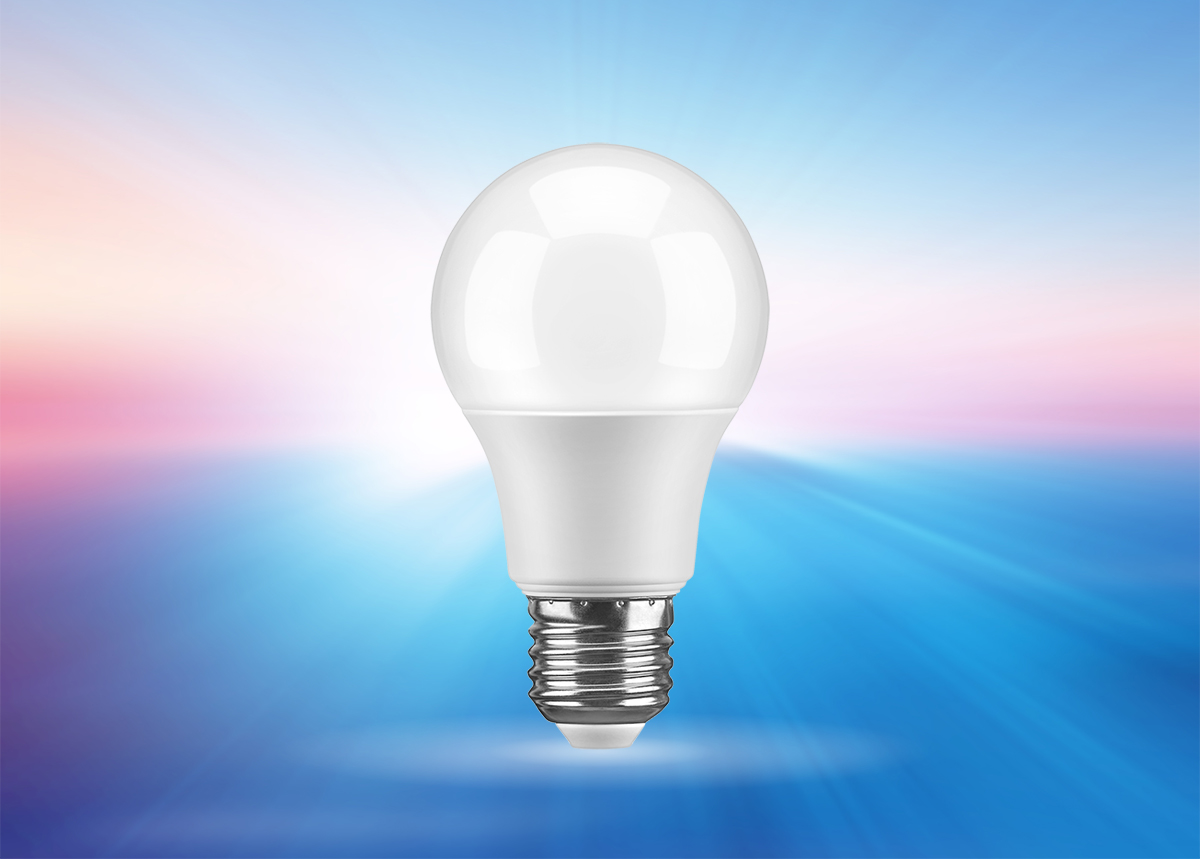



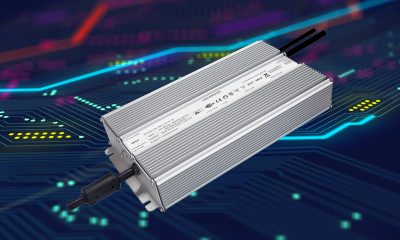

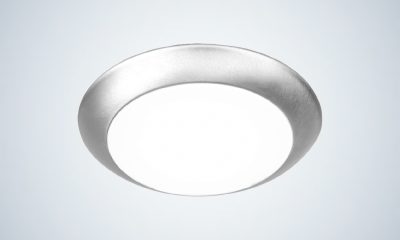
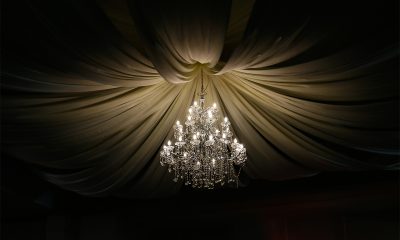

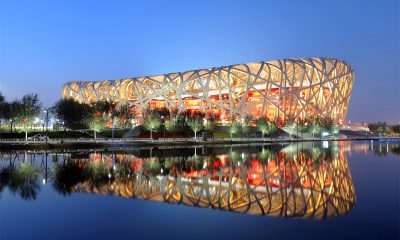








Loading...